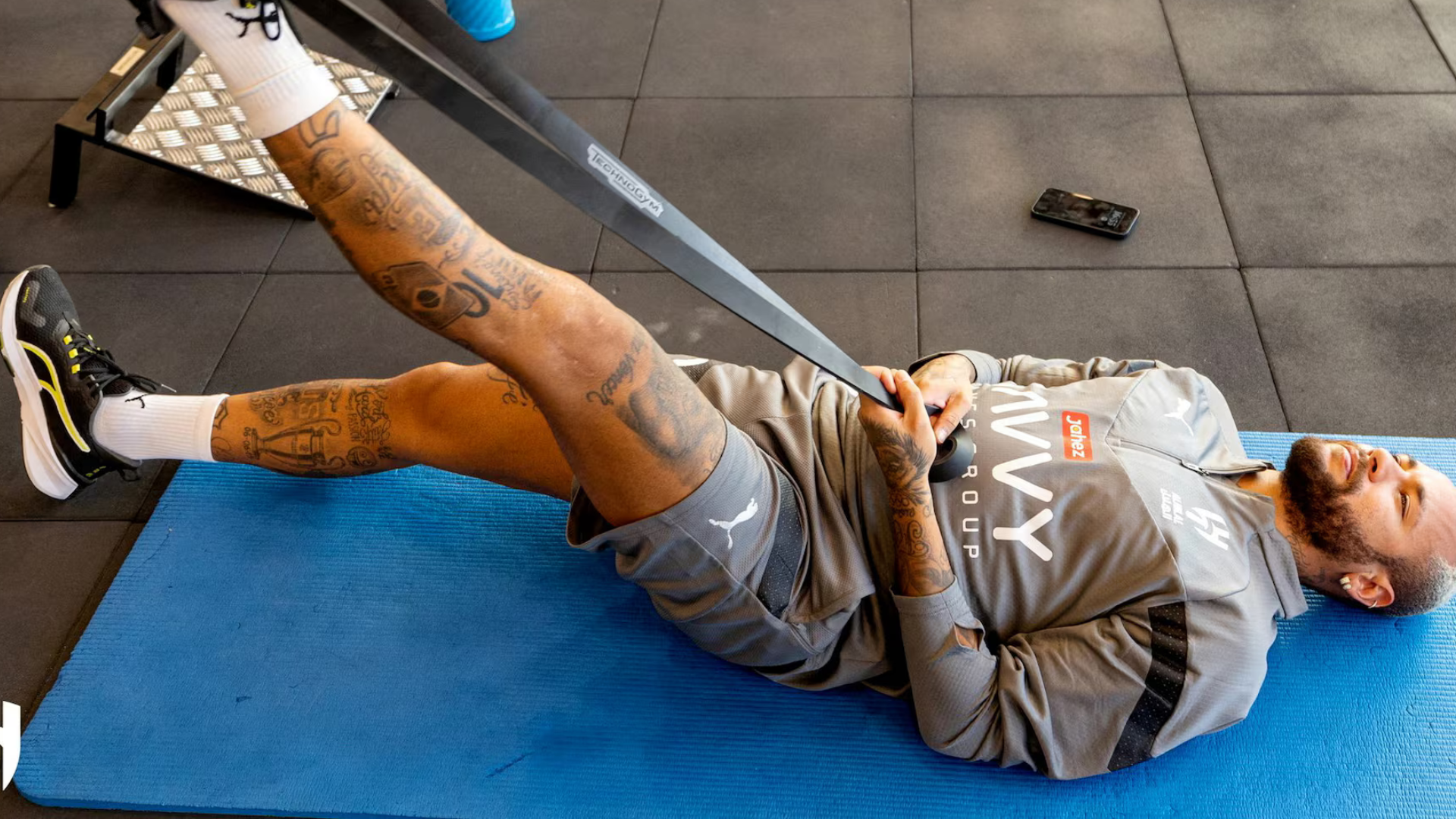Physiotherapy vs Physical Therapy: What’s the Difference?
Have you ever found yourself wondering what the difference is between physiotherapy and physical therapy? You’re not alone! As someone who’s passionate about helping others achieve optimal health and wellness, I’m excited to dive into the details and explore the similarities and differences between these two incredible professions.
1.What is Physiotherapy?
Physiotherapy is a healthcare profession that focuses on helping people achieve optimal physical function and mobility. Physiotherapists use a range of techniques, including exercise, manual therapy, and education, to promote healing, prevent injury, and enhance overall well-being.
But physiotherapy is more than just a set of techniques – it’s a holistic approach that considers the physical, emotional, and social aspects of a person’s life. Physiotherapists work closely with their patients to identify and address underlying factors that may be contributing to their condition, whether it’s a musculoskeletal injury, neurological disorder, or cardiovascular disease.
2.What is Physical Therapy?
Physical therapy, on the other hand, is a healthcare profession that focuses on helping people recover from injuries, illnesses, or surgeries. Physical therapists use a range of techniques, including exercise, manual therapy, and modalities (such as heat, cold, or electrical stimulation), to promote healing, reduce pain, and improve mobility.
Like physiotherapy, physical therapy is a patient-centered approach that’s tailored to each individual’s unique needs and goals. Physical therapists work closely with their patients to develop personalized treatment plans that help them achieve optimal physical function and well-being.
3.So, What’s the Difference?
So, what’s the difference between physiotherapy and physical therapy? While both professions share many similarities, there are some key differences:
- Scope of practice: Physiotherapy tends to have a broader scope of practice, encompassing not only rehabilitation but also prevention, health promotion, and education. Physical therapy, on the other hand, is more focused on rehabilitation and recovery.
- Education and training: Physiotherapists often undergo more extensive education and training, with many countries requiring a master’s or doctoral degree. Physical therapists in the United States typically hold a Doctor of Physical Therapy (DPT) degree.
- Approach and philosophy: Physiotherapy tends to adopt a more holistic approach, considering the physical, emotional, and social aspects of a person’s life. Physical therapy, while still patient-centered, may focus more on the specific injury or condition.
4.What Does it All Mean?
So, what does it all mean? Whether you’re seeking physiotherapy or physical therapy, the most important thing is that you’re taking the first step towards achieving optimal physical function and well-being.
Both physiotherapy and physical therapy are incredible professions that can help you overcome a wide range of challenges, from chronic pain and injury to neurological disorders and cardiovascular disease.
By understanding the similarities and differences between these two professions, you can make informed decisions about your healthcare and take the first step towards achieving the life you deserve.
Finding the Right Therapist
So, how do you find the right therapist for your needs? Here are a few tips:
- Ask for referrals: Ask your doctor, family, or friends for recommendations.
- Check credentials: Make sure the therapist has the necessary qualifications and experience.
- Check insurance coverage: Make sure the therapist is covered by your insurance provider.
- Schedule a consultation: Meet with the therapist to discuss your goals and see if you’re a good fit.
The Benefits of Physiotherapy and Physical Therapy
Both physiotherapy and physical therapy offer a wide range of benefits, including:
- Improved mobility and flexibility
- Reduced pain and inflammation
- Enhanced strength and endurance
- Improved balance and coordination
- Enhanced overall well-being
Real-Life Examples
Let’s take a look at some real-life examples of how physiotherapy and physical therapy can make a difference:
- A professional athlete who suffers a knee injury can work with a physiotherapist to develop a rehabilitation program that helps them recover and return to competition.
- A person who has suffered a stroke can work with a physical therapist to develop a personalized treatment plan that helps them regain mobility and independence.
The Future of Physiotherapy and Physical Therapy
As the healthcare landscape continues to evolve, physiotherapy and physical therapy will play an increasingly important role in helping people achieve optimal physical function and well-being.
Advances in technology, such as wearable devices and virtual reality, will enable physiotherapists and physical therapists to develop more personalized and effective treatment plans.
Additionally, the growing focus on preventive care and population health will create new opportunities for physiotherapists and physical therapists to work with patients and communities to promote healthy lifestyles and prevent chronic diseases.
The Power of Physiotherapy and Physical Therapy
Physiotherapy and physical therapy have the power to transform lives. They can help people recover from injuries, manage chronic conditions, and achieve optimal physical function and well-being.
Whether you’re an athlete looking to improve performance, a busy professional seeking to manage stress, or someone simply looking to feel better, physiotherapy and physical therapy can help.
So why wait? Take the first step today and discover the transformative power of physiotherapy and physical therapy.
Conclusion
In conclusion, physiotherapy and physical therapy are two incredible professions that share a common goal of helping people achieve optimal physical function and well-being.
While there may be some differences in scope, education, and approach, both professions are dedicated to providing patient-centered care that’s tailored to each individual’s unique needs and goals.
By working together with your therapist, you can achieve optimal physical function, overcome challenges, and live the life you deserve
Tags:



